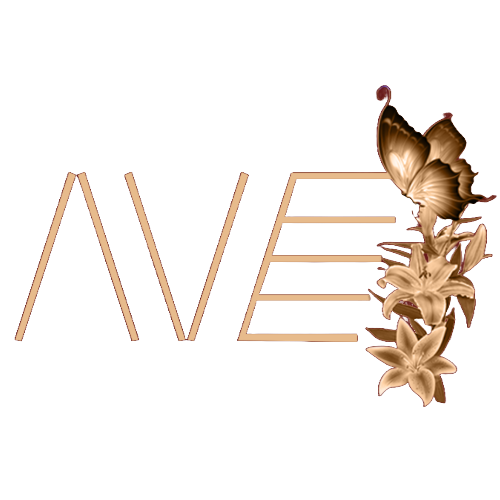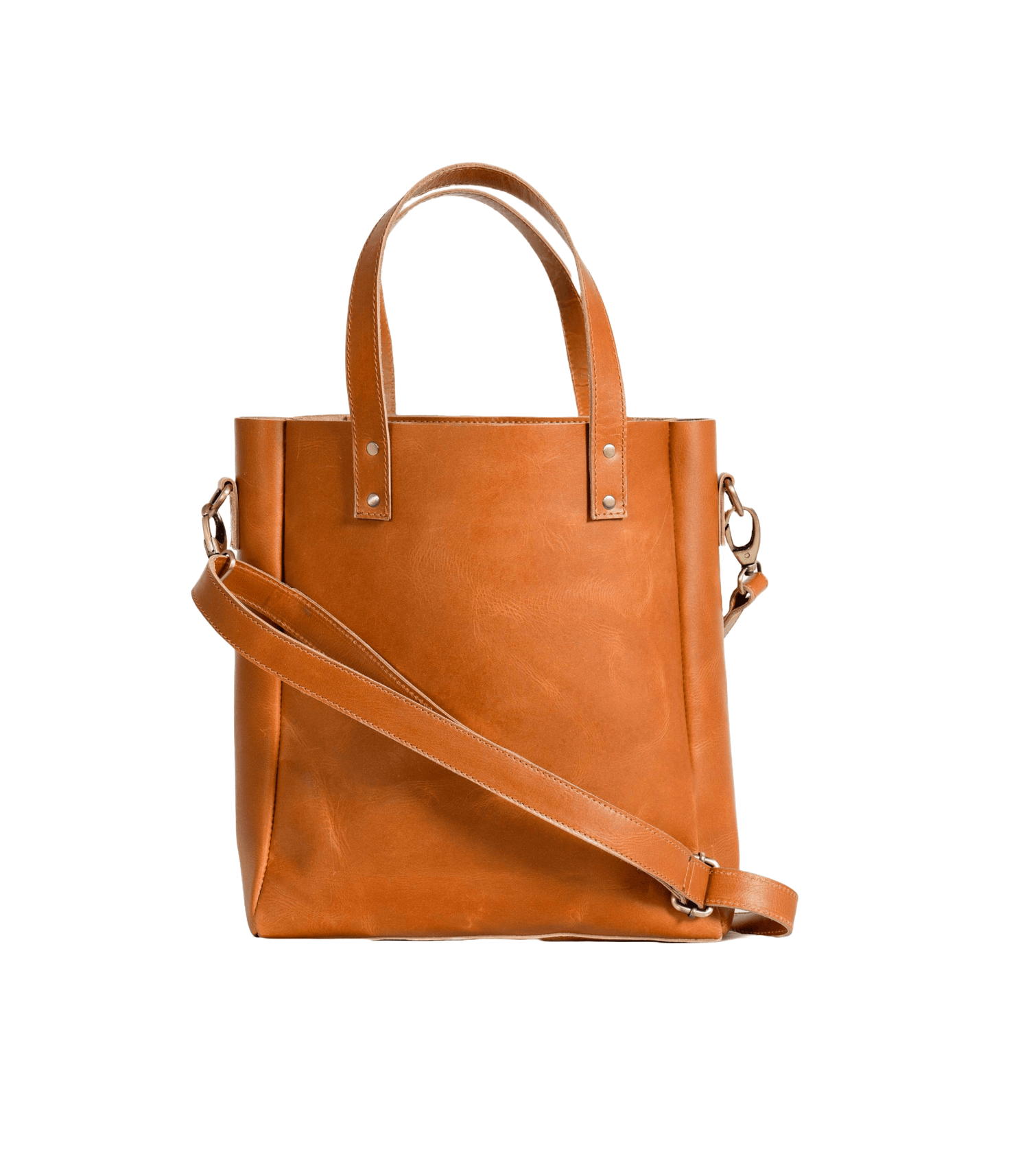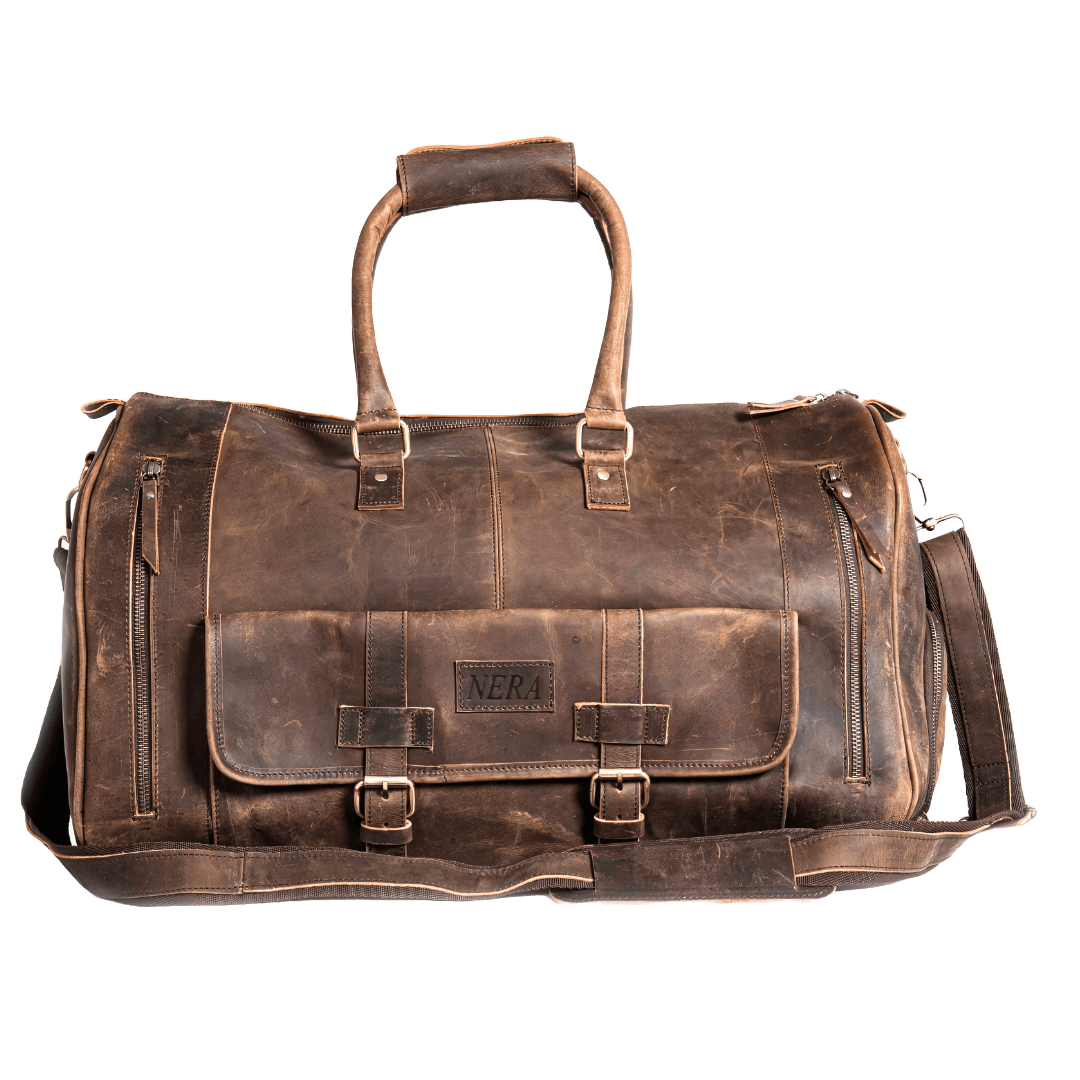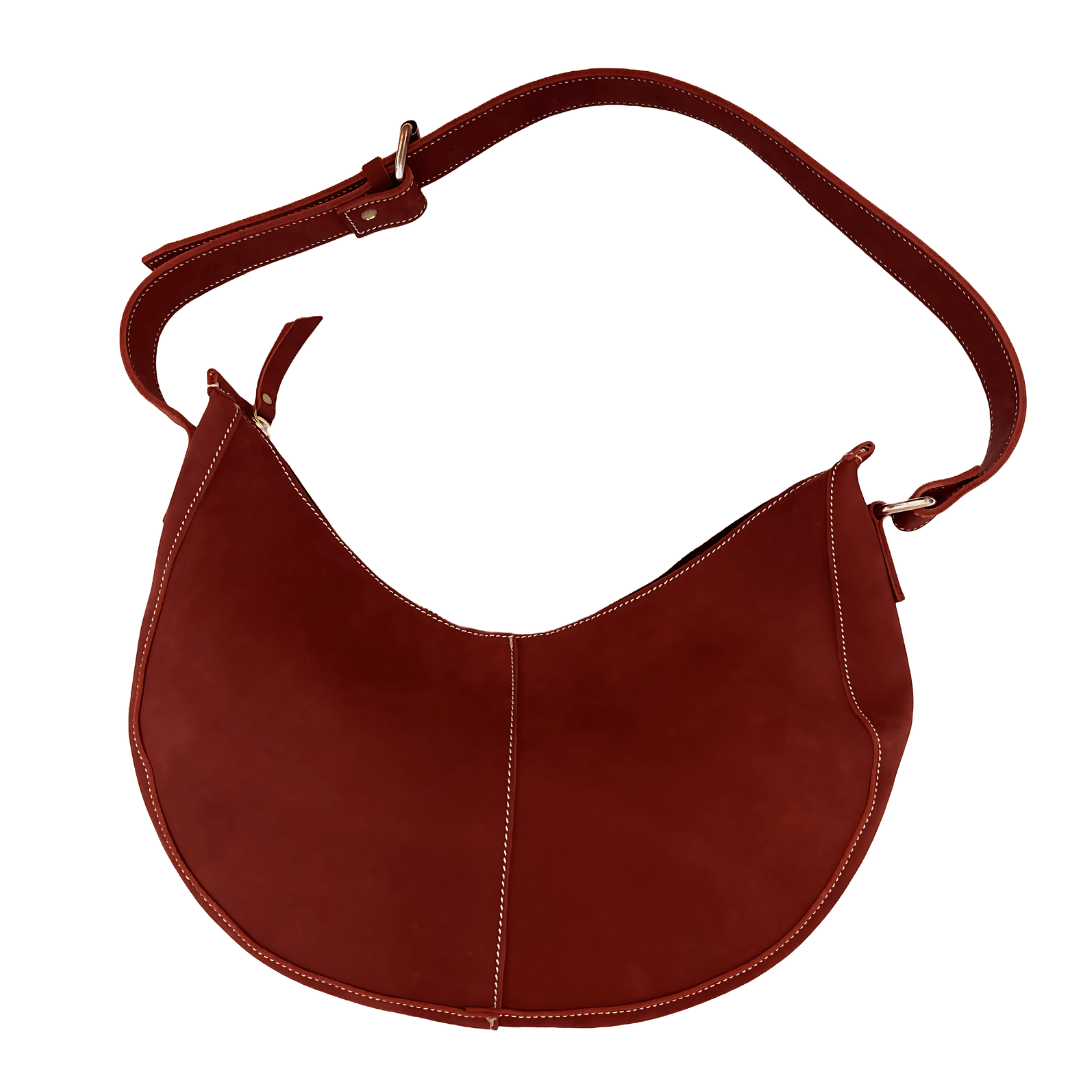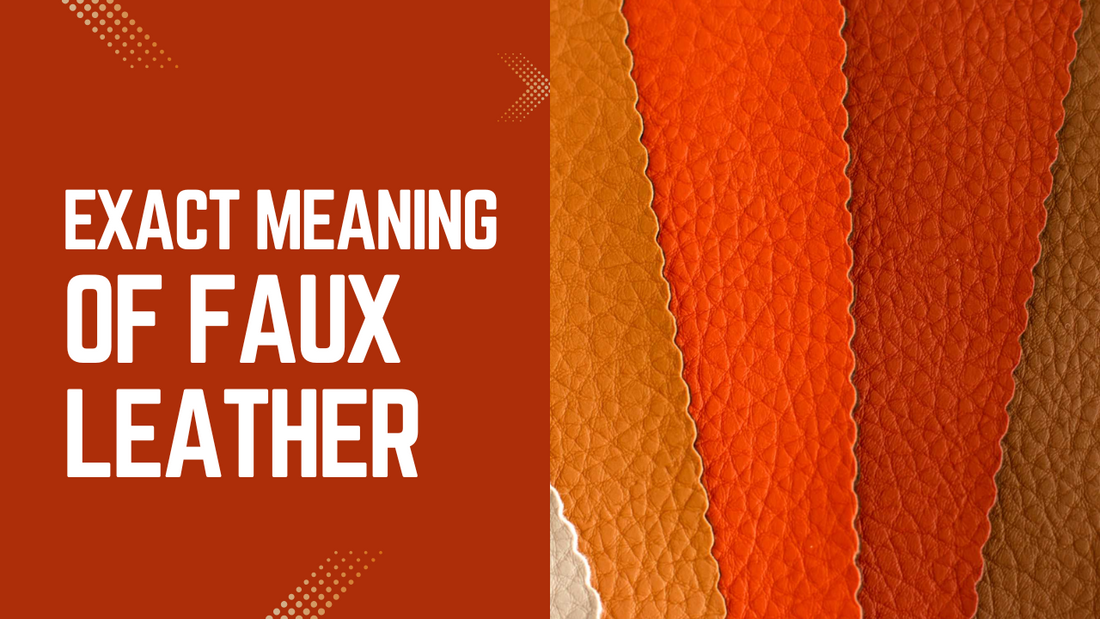
What Is Faux Leather? The Exact Meaning of Faux Leather
Share
In recent years, faux leather has gained immense popularity, especially in the fashion and furniture industries. It offers a cruelty-free, cost-effective, and versatile alternative to genuine leather. But what exactly is faux leather, and how does it compare to the real deal? Let’s dive into the details.
What Is Faux Leather?
Faux leather, often called synthetic leather, is a man-made material designed to resemble real leather in look and feel but without using any animal products. Unlike genuine leather, which comes from animal hides, faux leather is created through a combination of synthetic materials like polyurethane (PU) or polyvinyl chloride (PVC).
How Is Faux Leather Made?
There are two primary methods used to make faux leather:
PU Leather (Polyurethane Leather): A base fabric (like cotton or polyester) is coated with a flexible polymer, giving it a leather-like appearance. It is then treated to achieve a texture similar to genuine leather.
PVC Leather (Polyvinyl Chloride Leather): Made using a base material and coating it with polyvinyl chloride. This method adds plasticizers to make the material more flexible, and other additives to give it color and texture.
Benefits of Faux Leather
Cost-Effective: Faux leather is significantly cheaper than real leather, making it accessible to a broader range of consumers.
Animal-Friendly: Since no animal hides are used, faux leather is considered vegan, making it a preferred choice for animal rights advocates.
Durability: High-quality faux leather is resistant to scratches and stains, offering more durability in some cases than genuine leather.
Wide Variety of Colors and Textures: Faux leather can be produced in a wide range of colors and finishes, from smooth to pebbled textures, making it versatile for different uses.
Low Maintenance: It is easier to clean than genuine leather, often requiring just a simple wipe down with a damp cloth.
Common Uses of Faux Leather
Faux leather is used in a wide array of products, including:
Furniture: Sofas, chairs, and ottomans
Clothing: Jackets, pants, and skirts
Leather accessories: Leather bag , leather purse , leather handbags , leather tote bag ,woven leather bag , mens leather tote bag , small leather purses , small leather bag , handmade leather bags, leather laptop bags, leather backpacks, leather sling bag ,mens leather satchel, office bag, belts, wallets and many other varieties of leather products.
Automotive Interiors: Car seats and dashboards
How Faux Leather different from Real Leather-
Material Source: Faux leather is synthetic, while genuine leather is made from animal hides.
Durability: Genuine leather tends to develop a patina over time, increasing its durability. Faux leather may peel or crack over the years if not properly maintained.
Cost: Faux leather is generally less expensive.
Environmental Impact: Faux leather involves chemical processes, which can have environmental consequences. However, its lack of reliance on animal products makes it an ethical choice for vegans.
FAQ About Faux Leather
- Is Faux Leather Waterproof?
Faux leather is more water-resistant than real leather, but it is not entirely waterproof. Spills should be wiped off quickly to avoid damage.
- Does Faux Leather Crack or Peel Over Time?
Lower-quality faux leather can peel or crack after extensive use. However, high-quality synthetic leathers are designed to last longer and can maintain their appearance for many years.
- Can Faux Leather Be Repaired?
Yes, minor damages like cracks or tears can often be repaired using specialized kits or by a professional. However, extensive damage may require replacing the material.
- Is Faux Leather Breathable?
Compared to genuine leather, faux leather is less breathable. This makes it a bit less comfortable in products like car seats or clothing during hot weather.
- Is Faux Leather Environmentally Friendly?
Faux leather avoids the environmental concerns associated with livestock farming, but its production involves chemicals and plastics, which can have their own environmental impact. Some companies are working on more eco-friendly versions of faux leather.
Conclusion
Faux leather offers a stylish, cost-effective, and ethical alternative to genuine leather, making it a popular choice in various industries. While it may not have the same level of durability or luxurious feel as real leather, modern advancements have made faux leather a competitive option for consumers seeking affordability and cruelty-free products.
